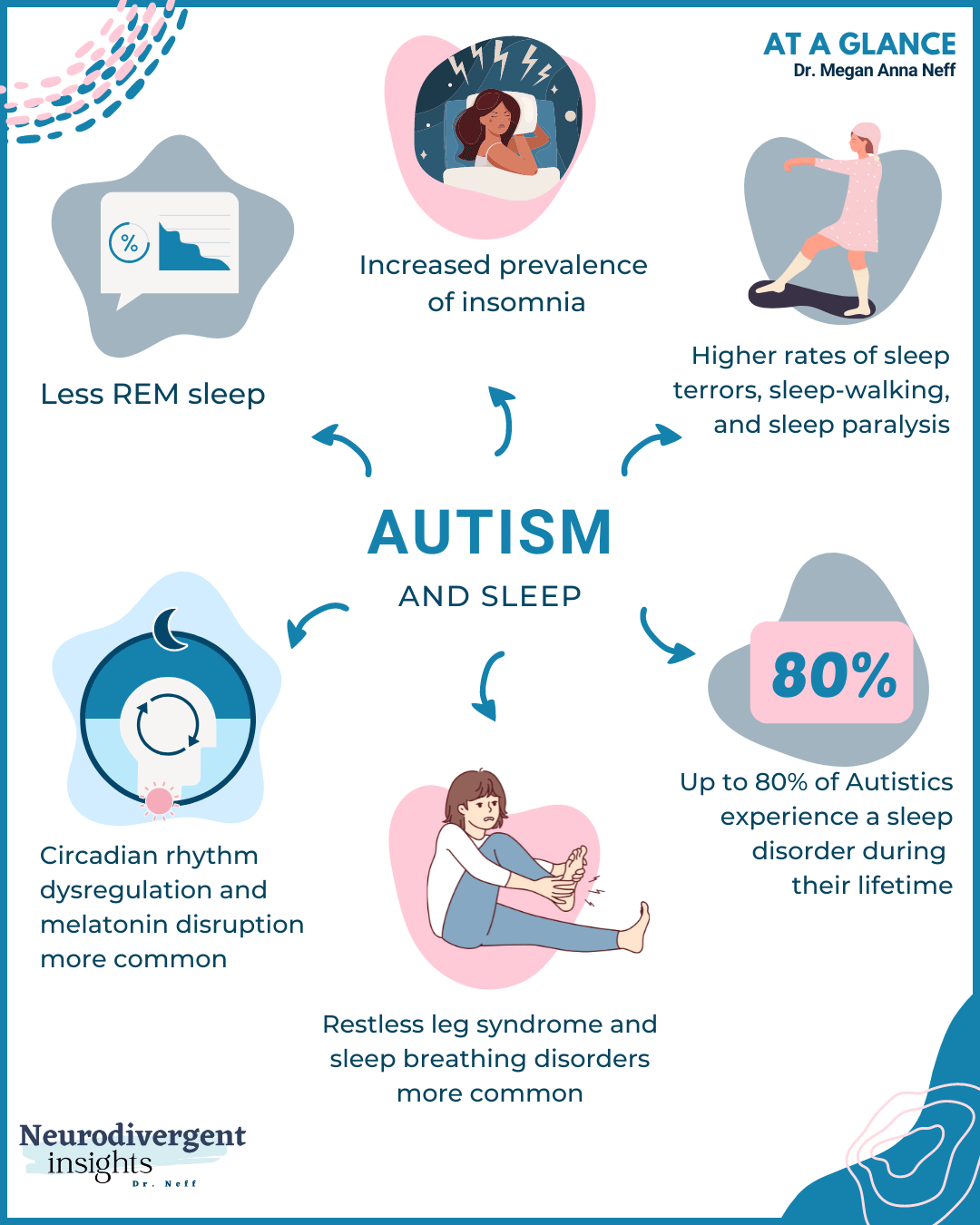Exploring Autism: Methods for Effective Interaction and Communication
Efficient communication and communication with people on the autism spectrum demand a detailed understanding of their unique requirements and choices. Strategies such as using clear language, using visual assistances, and cultivating constant regimens can significantly improve involvement and minimize anxiety. Acknowledging the significance of non-verbal hints and shared rate of interests paves the method for meaningful connections. The details of these strategies disclose further factors to consider that merit expedition, especially in exactly how they can be adapted to specific experiences and diverse contexts. What might these adaptations look like in technique?
Understanding Autism Range Problem
Autism Spectrum Disorder (ASD) incorporates a range of neurodevelopmental conditions characterized by difficulties in social interaction, communication, and repeated behaviors. The term "range" shows the diverse manifestations and differing levels of seriousness experienced by people with ASD. While some might display substantial disabilities, others might show high-functioning qualities, allowing for better independence in daily life.
The start of ASD usually takes place in early childhood years, with indications often recognizable by age two. Early indications may include delayed speech advancement, restricted eye get in touch with, and problems in comprehending social hints. Although the precise etiology of ASD remains uncertain, study suggests a mix of environmental and hereditary elements plays a vital role in its advancement.
People with ASD usually possess special strengths, such as heightened interest to information and phenomenal memory skills. Nevertheless, they may have a hard time with comprehending abstract concepts and managing changes to routine. Because of this, treatments and support tailored to specific needs are essential for fostering communication and social skills. Recognizing the complexity of ASD is vital for promoting awareness, acceptance, and effective strategies that promote significant interactions with individuals on the spectrum.

Value of Clear Communication
Reliable communication is vital for cultivating understanding and connection, particularly for individuals with Autism Spectrum Condition (ASD) Clear interaction not only promotes social communications but additionally boosts the person's capacity to share their ideas, emotions, and needs. For individuals with ASD, the nuances of language can commonly be challenging; for that reason, using straightforward and unambiguous language is important.
Furthermore, clear interaction helps in reducing disappointment and stress and anxiety that may occur from misunderstandings. When messages are communicated in a direct and regular manner, people with ASD are better outfitted to interpret information properly, which can considerably improve their social engagement and involvement in various setups.
Developing routines and using aesthetic assistances can additionally bolster clear interaction. These techniques supply people with foreseeable structures that assist understanding and retention of information. Furthermore, actively being and listening person during communications promotes an encouraging atmosphere where individuals with ASD feel valued and understood.
Eventually, focusing on clear interaction not only equips people with ASD however also promotes even more meaningful links with their peers, caretakers, and the broader neighborhood, leading the way for joint relationships and comprehensive communications. - autism
Non-Verbal Interaction Techniques
Communication extends past words, and for people with Autism Spectrum Disorder (ASD), non-verbal cues play a significant duty in interactions. Non-verbal interaction methods can include face expressions, motions, body movement, and eye get in touch with, all of which function as essential components for conveying feelings and objectives.
Comprehending and analyzing these non-verbal signals can enhance communications with people with ASD. A cozy smile or open posture can create a welcoming atmosphere, urging engagement. In a similar way, using visual aids-- such as photo cards or symbols-- can link communication spaces and assist convey messages better.
It is additionally essential to be conscious of individual space, as people with ASD may have different comfort levels concerning proximity. Observing their reactions to physical nearness can inform suitable adjustments.

Producing Supportive Environments
Producing a helpful environment is vital for fostering positive interactions and boosting the wellness of individuals with Autism find this Range Disorder (ASD) Such environments can dramatically decrease stress and anxiety and create a sense of security, permitting people to share themselves much more easily.
To attain this, it is necessary to take into consideration sensory level of sensitivities that people with ASD might experience. Modifying the physical room to include soft illumination, very little history sound, and comfortable seating can develop a relaxing ambience. Furthermore, using regular regimens and clear aesthetic routines can help people expect transitions and minimize uncertainty, more advertising convenience.
Social rooms must be structured to decrease frustrating stimulations while giving possibilities for interaction in preferred activities. Assisting in locations designated for peaceful time can likewise offer as a sanctuary throughout minutes of tension. Significantly, including aspects of selection equips people, allowing them to work out firm in their setting.

Urging Social Interactions
Cultivating social communications among individuals with Autism Spectrum Problem (ASD) calls for intentional approaches that focus on comfort and involvement. Establishing predictable regimens can aid lower anxiousness, making social setups much more friendly. Creating organized environments with defined functions and obligations allows individuals to engage without the frustrating stress of disorganized social characteristics.
Incorporating passions and toughness into social activities can serve as a driver for communication. Organizing team activities around shared pastimes or topics of attraction can facilitate natural conversations and connections. Furthermore, utilizing aesthetic assistances, such as photographic timetables or social manuscripts, can help in understanding social hints and assumptions.
Modeling proper social habits is vital - autism. Peers and grownups ought to demonstrate reliable interaction techniques, consisting of active listening and turn-taking. Role-playing scenarios can additionally provide a safe area for people to exercise these abilities
Last but not least, promoting peer relationships with inclusive practices is vital. Motivating comprehensive playdates or group outings can produce possibilities for socializing in a comfy setup. By applying these caregivers, teachers and approaches can considerably enhance social interactions for people with ASD, promoting their overall social advancement and wellness.
Final Thought
In final thought, reliable communication and interaction methods are essential for sustaining individuals with Autism Range Problem. Emphasizing clear language, integrating non-verbal signs, and developing foreseeable routines significantly boost involvement and minimize anxiousness. Producing encouraging settings cultivates safe social interactions, while motivating shared interests assists in purposeful connections. Ultimately, these strategies empower individuals with autism to browse social landscapes, advertising their total well-being and allowing the development of long-term connections.
Efficient interaction and interaction with people on the autism spectrum require a detailed understanding of their distinct demands and choices. Clear interaction not just facilitates social communications but likewise improves the person's ability to reveal their demands, feelings, and ideas.Fostering social communications amongst people with Autism Spectrum Problem (ASD) needs willful methods that focus on convenience and engagement. By carrying out these caregivers, methods Visit Website and instructors can dramatically enhance social interactions for people with ASD, promoting their general social growth look what i found and health.
In final thought, efficient communication and communication approaches are important for supporting individuals with Autism Range Disorder.